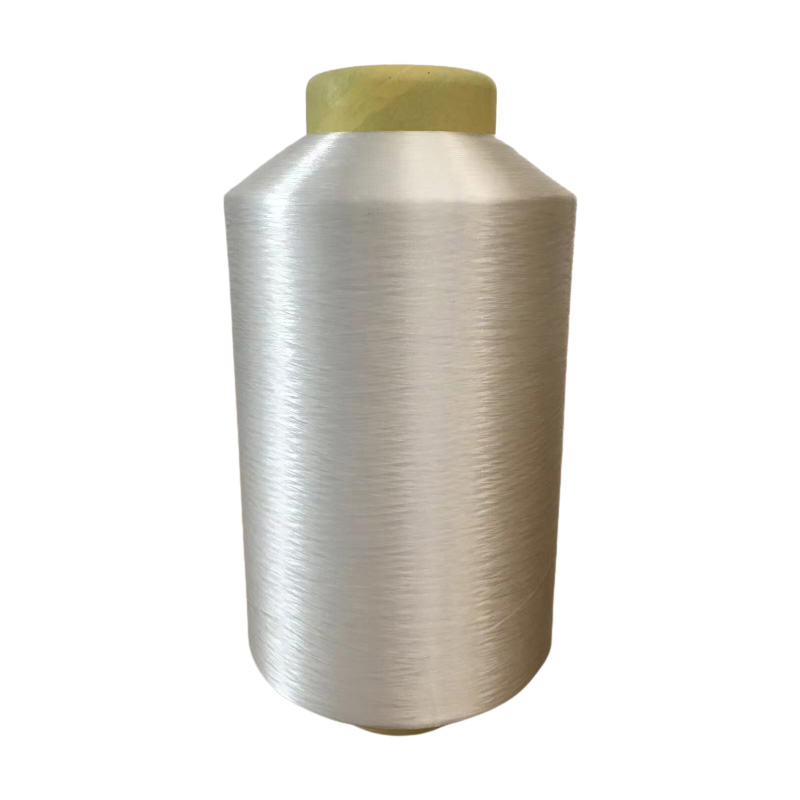Uses of Hot Melt Yarn
2024-06-03
Hot melt yarn, also known as hot melt adhesive yarn or fusible yarn, is a type of specialty yarn used in textile manufacturing processes. Unlike conventional yarns, which are made solely from fibers like cotton, wool, or synthetic materials, hot melt yarns contain a thermoplastic adhesive component that melts when exposed to heat, allowing it to bond with other materials or fabrics. Here's an overview of hot melt yarn and its uses:
Composition and Characteristics:
1. Thermoplastic Component: Hot melt yarns are typically made from a blend of thermoplastic materials, such as polyamide (nylon), polyester, polyethylene, or polypropylene. These thermoplastics have a low melting point and can be activated by heat to form a strong bond with other materials.
2. Yarn Structure: Hot melt yarns may have a core-sheath structure, with the thermoplastic adhesive material forming the core and traditional fibers or filaments (such as nylon or polyester) forming the sheath. Alternatively, the entire yarn may be made from thermoplastic material.
3. Melting Point: The melting point of hot melt yarns varies depending on the specific composition of the thermoplastic material used. Typically, the melting point is relatively low, allowing the yarn to melt and bond with other materials without damaging heat-sensitive fabrics.
4. Activation Temperature: Hot melt yarns require exposure to heat above their melting point to activate the adhesive properties. This can be achieved using methods such as hot air, steam, or infrared radiation.
Uses of Hot Melt Yarn:
1. Fusing and Bonding: One of the primary uses of hot melt yarn is in fusing or bonding fabrics together during textile manufacturing processes. When exposed to heat, the thermoplastic component of the yarn melts and adheres to the surface of adjacent fabrics, creating a strong and durable bond.
2. Seam Reinforcement: Hot melt yarns are used to reinforce seams in garments, bags, and other textile products, providing added strength and durability to areas prone to stress or wear.
3. Embroidery and Appliqué: Hot melt yarns can be used in embroidery and appliqué applications to secure decorative elements onto fabric surfaces. The adhesive properties of the yarn help prevent fraying and ensure that the embellishments remain securely attached.
4. Tape and Trim Applications: Hot melt yarns are also used to create heat-activated tapes, trims, and patches for garment construction and embellishment. These products can be applied using heat-sealing equipment or household irons.
5. Laminating Fabrics: Hot melt yarns are used in laminating processes to bond layers of fabric together, creating composite materials with enhanced properties such as waterproofing, insulation, or reinforcement.
6. Technical Textiles: In addition to fashion and apparel applications, hot melt yarns are used in the production of technical textiles for industries such as automotive, aerospace, medical, and filtration, where strong and reliable bonding is essential.
Overall, hot melt yarns play a crucial role in textile manufacturing, offering a versatile and efficient solution for bonding fabrics and creating innovative textile products with enhanced performance characteristics.



